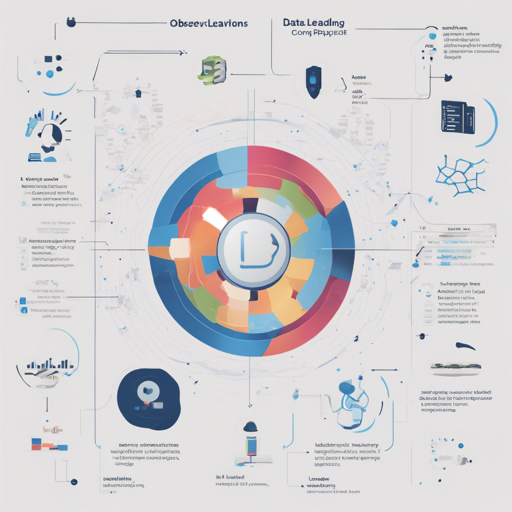The Observations library is a useful tool for loading standard datasets in machine learning tasks. It automates downloading, extracting, loading, and preprocessing data, ensuring your workflow remains reproducible and adheres to sensible standards. However, as of September 16, 2018, it’s important to note that Observations is being supplanted by TensorFlow Datasets. Nevertheless, if you choose to use Observations for your projects, here’s how to get started!
Getting Started with Observations
The Observations library provides two main approaches for use:
- As a Package: This method allows for easy access to numerous datasets.
- As Source Code: For those who prefer flexibility from download to preprocessing.
Installing and Importing Observations
To install Observations, simply run the following command:
pip install observationsThen, import it in your Python script:
from observations import svhn
(x_train, y_train), (x_test, y_test) = svhn(~data)Explaining the Code: An Analogy
Imagine you are a chef preparing various dishes (datasets) in your kitchen (your project). The Observations package serves as your sous-chef who handles the initial preparation tasks. When you ask for the ‘SVHN’ (Street View House Numbers) dataset, your sous-chef does the following:
- Downloads: The sous-chef grabs all the necessary ingredients (data) from the pantry (internet).
- Extracts: This step is akin to peeling vegetables (data extraction), getting everything ready to use.
- Loads: The sous-chef places the ingredients into bowls (loading into memory), ready for cooking.
- Preprocesses: Finally, they apply basic cooking techniques (preprocessing) before serving you the dishes (NumPy arrays).
At the end of this process, you receive a well-organized array of training, testing, and validation samples to work with seamlessly!
Using the Generator Function for Mini-Batches
In many scenarios, you’ll want to work with smaller samples of data (batches). Here’s how to implement the generator function designed for batch processing:
def generator(array, batch_size):
start = 0
while True:
stop = start + batch_size
diff = stop - array.shape[0]
if diff == 0:
batch = array[start:stop]
start += batch_size
else:
batch = np.concatenate((array[start:], array[:diff]))
start = diff
yield batchFor utilizing this feature in your project:
from observations import cifar10
(x_train, y_train), (x_test, y_test) = cifar10(~data)
x_train_data = generator(x_train, 256)
for batch in x_train_data:
... # operate on the batch
batch = next(x_train_data) # alternatively, increment the iteratorIt’s wise to ensure that the generator function suits your specific data cases and experiment needs.
Troubleshooting Guide
While using the Observations package, you might encounter some common issues. Here’s how to troubleshoot them:
- Installation Errors: If you face issues installing the library, ensure you have the latest version of pip and try reinstalling.
- Data Loading Failures: Verify your file paths and check if the necessary datasets are available in the specified locations.
- Memory Issues: For large datasets, consider loading data in batches to avoid consuming too much memory.
For more insights, updates, or to collaborate on AI development projects, stay connected with fxis.ai.
Conclusion
Observations is a powerful yet simple tool for loading datasets in machine learning tasks. By following the steps outlined above, you can set up and utilize this library effectively. At fxis.ai, we believe that such advancements are crucial for the future of AI, as they enable more comprehensive and effective solutions. Our team is continually exploring new methodologies to push the envelope in artificial intelligence, ensuring that our clients benefit from the latest technological innovations.

